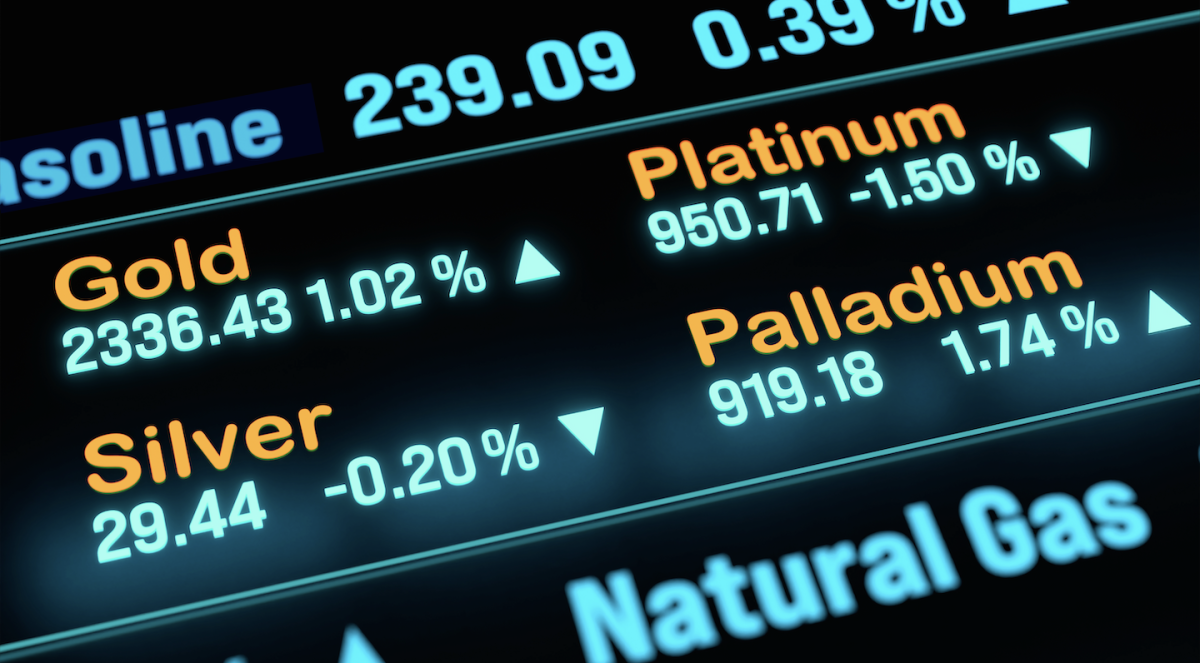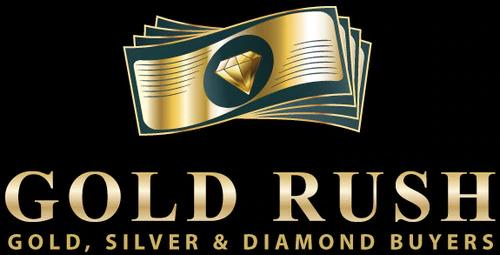Introduction: Platinum vs Palladium
Platinum and palladium are rare, valuable metals often found in jewelry cases, car manufacturing plants, and investment portfolios. However, they are hardly the same.
Platinum feels luxurious in jewelry—it's heavier, more durable, and has long been associated with high-end pieces.
Palladium is harder than platinum but trickier to resize. Jewelers often avoid it—not because it isn't beautiful, but because working with it can be a headache.
The market tells an interesting story too. Palladium prices have recently taken a dive as industrial demand cooled and more supply entered the market. Platinum prices are more stable, though investors still flock to gold and silver when seeking precious metal havens.
Gold Rush is a leading resource for selling precious metals and diamonds. We proudly boast a 5-star reputation and have been trusted by our communities for years. Come see why Gold Rush is the best gold buyer Centennial, Colorado has to offer!
Key Takeaways
- Platinum is denser and more durable, making it a popular choice for fine jewelry.
- Palladium is lighter and harder, but its use in jewelry is limited due to difficulty in resizing.
- The price of palladium has dropped due to decreased industrial demand and increased supply.
- Platinum remains more stable in pricing, but it has lower investment demand compared to gold and silver.
- Both metals have unique advantages, with platinum being preferred for luxury applications and palladium used mainly in automotive manufacturing.
Platinum vs. Palladium Comparison
|
Category |
Platinum |
Palladium |
|
Density & Weight |
Denser and heavier, giving it a substantial feel in jewelry. |
Lighter and less dense, making it feel less substantial in jewelry. |
|
Color & Appearance |
Naturally white, maintains color over time. |
Naturally white, similar to platinum, but slightly darker over time. |
|
Common Uses |
Used in jewelry, catalytic converters, electronics, and medical devices. |
Primarily used in catalytic converters, with limited use in jewelry. |
|
Market Value |
Generally more stable but lower in value compared to palladium. |
Historically more expensive than platinum but recently declining. |
|
Investment Demand |
Lower compared to gold and silver due to industrial reliance. |
Lower investor interest compared to gold, silver, or platinum. |
|
Liquidity |
Lower liquidity, harder to buy and sell quickly. |
Lower liquidity due to smaller market and fewer investors. |
|
Industrial Demand |
High demand in industrial applications like automotive and healthcare. |
High demand in automotive industry but declining due to EV adoption. |
|
Price Fluctuations |
Prices fluctuate based on industrial demand and mining supply. |
More volatile, with prices influenced by supply shortages and demand shifts. |
Why is palladium not used in jewelry?
Palladium is not commonly used in jewelry because it is lighter, more difficult to work with, and has fluctuating availability in the market.
While it shares platinum’s natural white color and tarnish resistance, its lower density makes it feel less substantial in fine jewelry. Additionally, its less practical for long-term wear because resizing and repairs are more difficult.
Jewelers often prefer platinum or white gold for luxury pieces due to their workability and consumer familiarity.
Why is palladium so cheap now?
Palladium prices have dropped due to decreased demand in the automotive industry, increased mining output, and changing market dynamics.
With the shift toward electric vehicles that don’t require catalytic converters, the demand for palladium has weakened. At the same time, supply from major producers has stabilized.
Investors have also turned to other metals, further impacting the price of palladium.
Commodity markets fluctuate based on supply and demand. Palladium’s reliance on the automotive sector has made it especially sensitive to economic shifts. While it once surpassed platinum in value, its price correction reflects these broader market changes.
Why do people not invest in platinum?
Platinum is less popular among investors because its value depends more on industrial demand than on traditional investment appeal.
While gold and silver have a long history as stores of value, platinum prices fluctuate based on automotive and manufacturing needs. This makes it less predictable and less appealing for those looking for stable long-term investments.
Liquidity is another concern. Platinum is not as widely traded as gold or silver, meaning fewer buyers and sellers in the market. This can make it harder to sell quickly at a favorable price. While platinum has investment potential, its performance has historically been less reliable than more established precious metals.
How much is 1 oz of palladium worth?
The price of one ounce of palladium changes daily based on supply, demand, and global market conditions. Palladium is a rare metal, with most of its supply coming from Russia and South Africa. Any disruptions in mining or geopolitical instability can impact its value.
As of February 2025, 1 ounce of palladium is valued around $960.
Closing Remarks: A Precious Metal Expert You Can Rely On
Platinum and palladium serve different roles in the market. Platinum is denser, more widely used in jewelry, and has industrial applications, while palladium is lighter and primarily used in the automotive sector.
It is important to keep an eye on the drivers of specific markets like platinum or palladium if you are buying or selling precious metals. While they are not directly in the spotlight right now, there's always a chance of a comeback or new innovative use that spikes prices.
Gold Rush is a dedicated buyer of precious metals and diamonds in Colorado and Texas. Our commitment to client satisfaction has earned us the trust of our local communities. If you are selling gold, silver, platinum, palladium, or diamonds - Gold Rush want to buy them!



